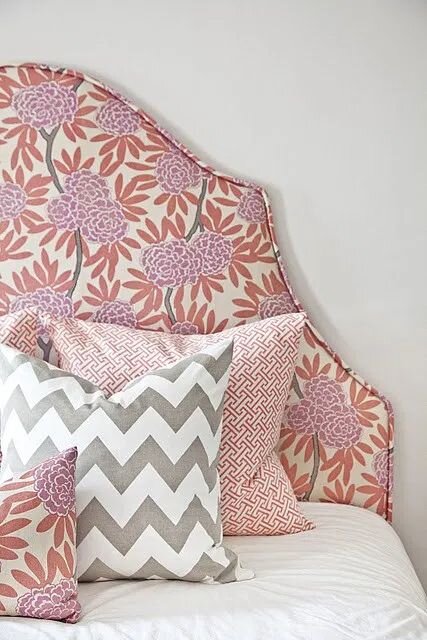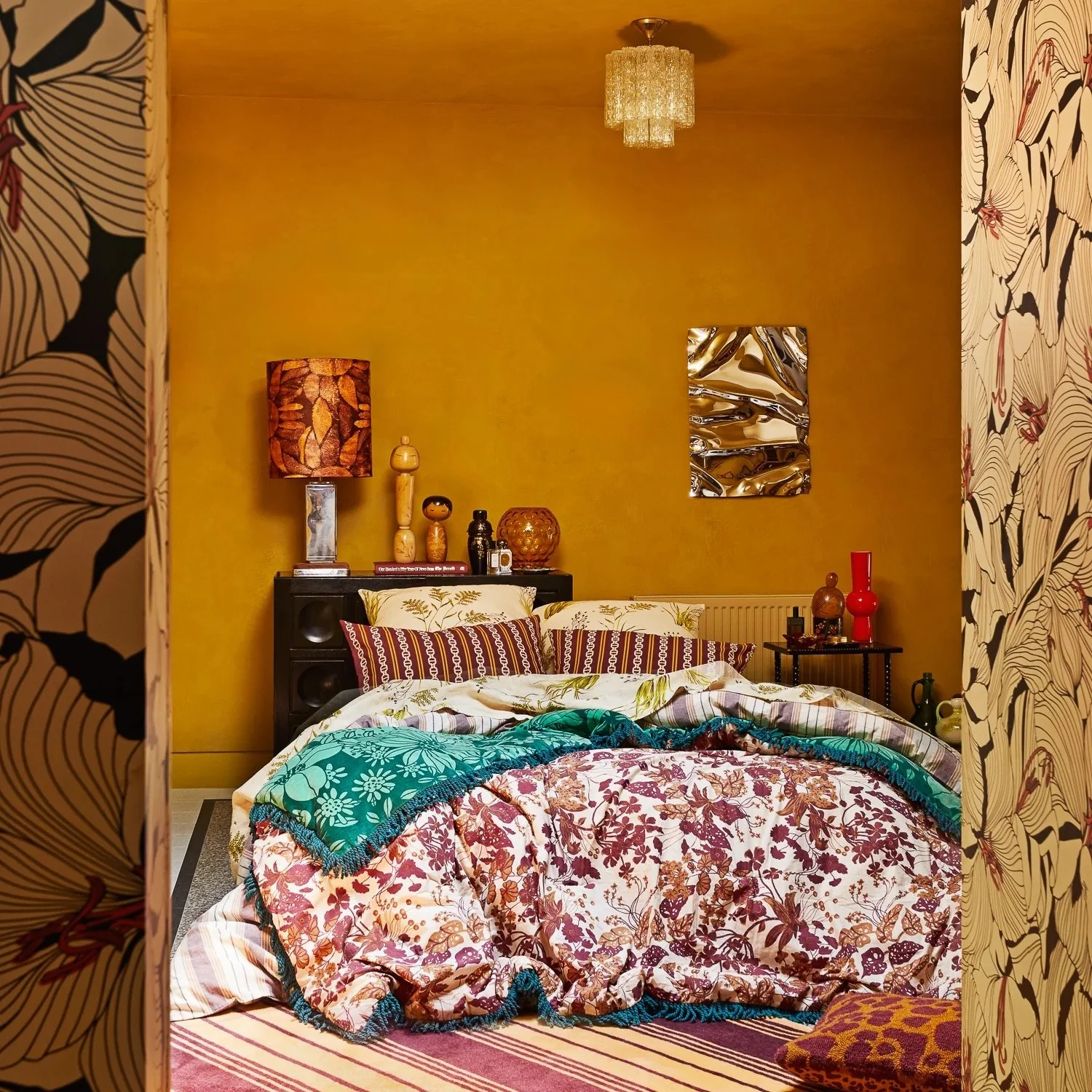Style director Louise Hilsz shares easy decor solutions that won’t take up too much of your time, but make a major impact in your home.
Attention to detail
A fresh coat of paint will transform any room, and the good news is, you don't have to cover entire walls, try skirting boards and doors. While you still need to prep and sand, these jobs are small compared but significant in the result. It's a fantastic way to refresh your home with a hit of colour. Trending this season yellow and blue hues.
How To
Make a statement with blocks of colour. Not only is it a great way to introduce tonal shades that help tie your decor look together, but it's also a clever way to create designated zones in your home. The perfect solution for multifunctional rooms.
Layer up
Now, this is where the fun starts. Once you have your paint colour scheme, you can choose the detail with soft furnishings. From an upholstered headboard with matching cushions, to curtains and rugs. Here's how to use fabric and texture in tonal shades to create a lovely layered look for each room in your home.
Upcycling
Consider transforming the look of your bedroom with an upholstered headboard - trust us, it's quite a simple job. Remove the outer fabric and either keep or replace the padding, depending on its condition. Next, choose a length of cloth, large enough to cover your headboard with some excess. Pull it taut, and then fold it neatly around the corners. Finally, use a staple gun to secure the fabric to the back of the headboard and trim the excess.
Finishing touches
Creating flow and harmony between rooms is the key to a cohesive colour scheme, including mirroring colours to connect your decor look. The best way to approach this technique is to paint the interior frames of door panels in a toning shade.
Dado detail
We love a dado rail effect, and paint is the place to start. It will add character and interest where it's lacking. Like all painting jobs, prep is everything. Start by wiping the walls with a damp cloth ( Sugar Soap is an excellent detergent to remove dirt). Next, decide if you want your straight line to run in line with the floor or the ceiling – don't use both as points of reference as most walls aren't even. Finally, use masking tape to map out crisp, even lines. Don't overload your brush. You can always add another layer of paint, but it's harder to remove it – too much paint can lead to oozing and smudging. Each time you dip your brush, wipe it on a lint-free cloth or on your roller tray to remove excess paint. Wait for the paint to dry before removing the tape.






























Step inside style director Louise Hilsz’s bathroom transformation.